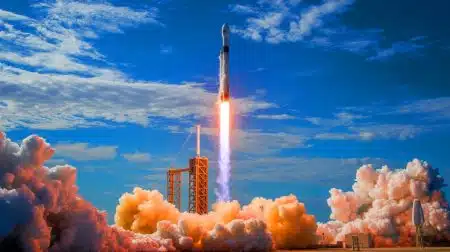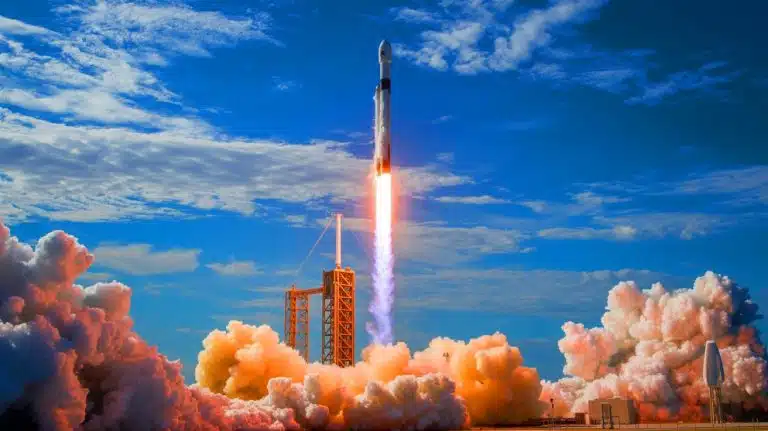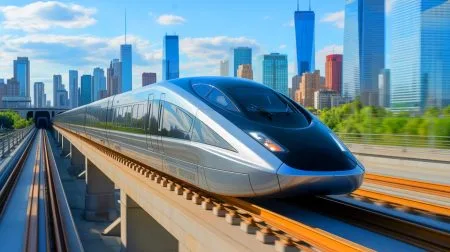| IN A NUTSHELL |
|
The recent collaboration between Northrop Grumman and SpaceX marks a significant milestone in space exploration. By using SpaceX’s Falcon 9 rocket to launch Northrop Grumman’s Cygnus XL spacecraft, a record-setting mission to the International Space Station (ISS) is underway. This mission, known as NG-23, is notable for delivering the heaviest load of cargo ever transported to the ISS by a commercial resupply mission. With 10,827 pounds of cargo, the Cygnus XL aims to support the research lab and its crew of seven by providing essential supplies and spare parts, highlighting a new era in space logistics.
The Cygnus XL: An Engineering Marvel
The Cygnus XL spacecraft represents a major advancement over its predecessors. Manufactured by Northrop Grumman, the spacecraft features a service module that supplies power, propulsion, and other vital systems. This module is crucial for maintaining the spacecraft while in orbit. However, the most striking feature of the Cygnus XL is its larger pressurized cargo module, resembling an elongated cylinder.
This cargo module is designed to be 5.2 feet longer than previous versions, significantly increasing its capacity. According to Ryan Tintner, Northrop Grumman’s vice president of civil space systems, the Cygnus XL has a 33% increase in capacity compared to earlier models. This enhancement allows for more scientific equipment and supplies to be transported, ultimately reducing the cost per kilogram to NASA.
The cargo modules are built by Thales Alenia Space in Italy, incorporating designs similar to those used in permanent ISS modules. This upgrade is part of Northrop’s response to setbacks, such as the damage to a previous module during shipment, underscoring the resilience and adaptability of space engineering.
Challenges and Innovations in Spaceflight
The journey of the Cygnus XL to the ISS was not without challenges. After Russia's invasion of Ukraine in 2022, Northrop Grumman faced difficulties with its Antares rocket, which relied on Russian engines and Ukrainian boosters. The geopolitical tensions led to a halt in shipments, prompting Northrop to seek alternatives.
Without a viable rocket, Northrop entered into a contract with SpaceX for three Falcon 9 launches, ensuring the continuity of its resupply missions. This collaboration is a testament to the flexibility and ingenuity within the space industry. The Falcon 9's capability to carry heavier payloads complements the enhanced capacity of the Cygnus XL, offering NASA a more efficient supply chain to the ISS.
Despite these challenges, Northrop is actively working with Firefly Aerospace to develop the Antares 330, an all-American rocket expected to debut in 2026. This new development aims to restore Northrop's independent launch capabilities, further strengthening the U.S. presence in space exploration.
The Significance of the NG-23 Mission
The NG-23 mission carries not only supplies and spare parts but also important scientific experiments. Among these is a project focused on improving insulation for cryogenic propellant tanks in space, aiming to minimize fuel loss in microgravity. Another experiment involves testing a new system for capturing space debris, developed by TransAstra, an aerospace startup.
These experiments highlight the dual objectives of resupplying the ISS and advancing scientific research. The presence of spare parts is crucial for maintaining the station's operations, particularly as it was running low on essentials like nitrogen, oxygen, and crucial system components.
The mission also honors the legacy of space exploration. The first Cygnus XL spacecraft is named in memory of William "Willie" C. McCool, the pilot of the ill-fated space shuttle Columbia. This dedication underscores the enduring spirit of exploration and innovation that drives missions like NG-23.
Navigating Future Challenges in Space Supply Chains
As NASA continues its commitment to the ISS, the partnership between Northrop Grumman and SpaceX raises questions about future logistics. With the Cygnus XL's larger capacity and the Falcon 9's launch capabilities, NASA can transport more cargo per mission compared to the Dragon spacecraft.
This collaboration ensures a robust supply chain, despite the geopolitical and engineering challenges faced by Northrop Grumman. The contractual arrangement with SpaceX highlights the importance of maintaining multiple supply routes, ensuring that the ISS remains operational and well-stocked.
Looking ahead, NASA's contract with Northrop Grumman includes three more cargo missions, with the potential for additional orders as the ISS continues its mission through 2030. This ongoing partnership reflects the dynamic and evolving nature of space exploration, as agencies and companies work together to overcome obstacles and achieve shared goals.
The advancement of space exploration hinges on collaborations like the one between Northrop Grumman and SpaceX. As they navigate logistical and geopolitical challenges, these companies set the stage for future innovations and missions. The successful launch of the Cygnus XL not only supports the ISS but also inspires questions about the next chapter in space exploration. What new frontiers will these partnerships explore, and how will they redefine our understanding of the cosmos?
Did you like it? 4.5/5 (26)








Wow, 10,827 pounds? That’s a lot of snacks for the astronauts! 🍕🥤
Wow, 10,827 pounds! How do they even get that much stuff into space? 🚀